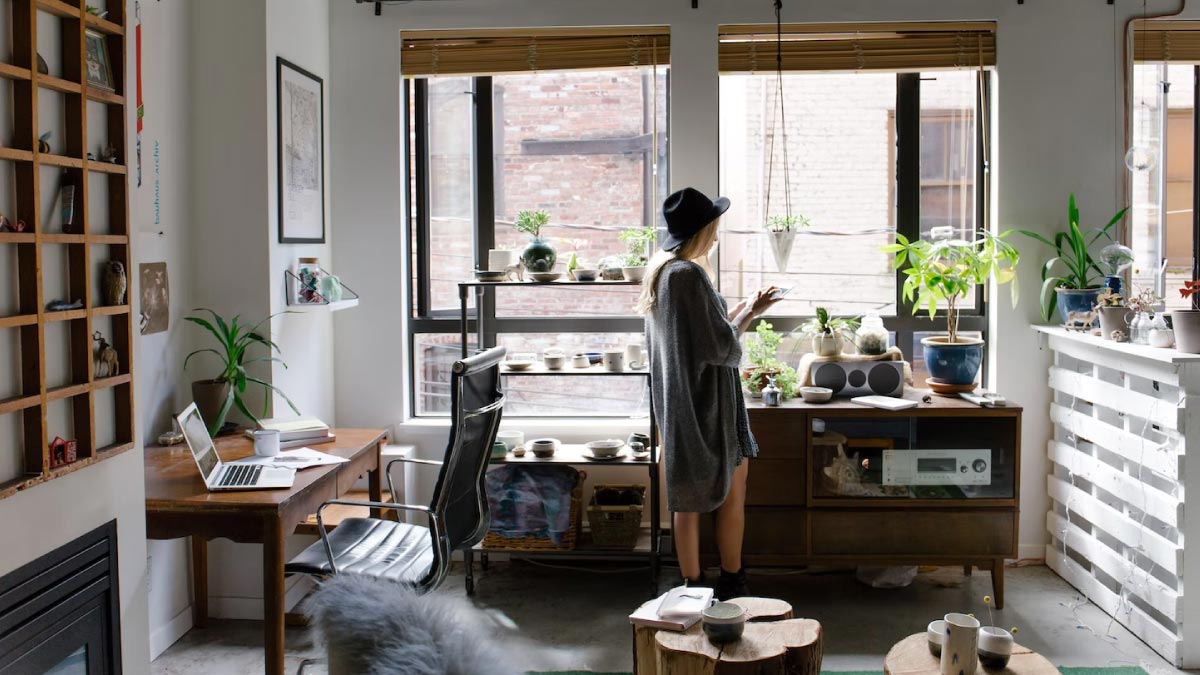Depending on your location and the average price of property in your area, you may find that saving up what you’ll need for your deposit may seem impossible. If that’s the case for you - you’re not the only one.
At the moment, it is estimated that around 40% of young adults cannot afford to buy even the cheapest home in their area. This is highly attributed to the fact that house prices in England alone have risen by 173% over the past two decades, while the average pay for people aged 25-34 has only increased by 19% over the same period.
If you feel like buying your own home through the traditional means may not be possible for you in the foreseeable future, don’t fret. Out of the multitude of government schemes designed to help first time buyers get on the property ladder, the shared ownership scheme may be an option for you.
What is the Shared Ownership Scheme?
Shared ownership scheme, is a government scheme present in Northern Ireland, Scotland, Wales and England that helps first time buyers get on the property ladder. It allows buyers to purchase a ‘share’ of a property, reducing the deposit amount.
This means that you only legally own a pre-specified percentage of the house whilst the rest is owned by a housing association, and are still required to pay rent on the share of property you do not legally own. However, the rent is nowhere near what you would normally pay for a rental property - and you still get to treat the home as ‘your own’ without worry of having to deal with a landlord on regular basis.
Specific criteria for the shared ownership scheme varies between England, Northern Ireland, Scotland and Wales so you will have to make sure to check the exact entry requirements and regulations based on your location when doing further research.
Connect with award winning FCA Authorised Mortgage and Protection Advisors, receive tailored advice and save on your mortgage.
Get in touch:
Mortgage and Protection Advice is provided by Mortgage Joy Limited (FCA: 955439)
So… should I consider shared ownership?
Shared ownership is a great solution for those who may be stuck in a rental loop and unable to save up for a full deposit. Of course, it has it's drawbacks. Sharing ownership of your home between you and another party can mean additional paperwork, longer application process due to strict eligibility criteria and additional steps you may have to take when looking to sell your share of the property in the future.
However, for many, the benefits outweigh any potential drawbacks, as there is nothing more rewarding than knowing that you are finally stepping foot on the property ladder.
We have outlined the six advantages of purchasing a property through shared ownership below:
1. Lower deposit amount
One of the most appealing benefits of shared ownership is the lower deposit amount. Unlike a traditional mortgage, shared ownership will require you to put down a deposit anywhere between 5%-10% of the share you are share you a purchasing.
For example, if you are looking to purchase a property valued £150,000 your regular deposit amount would normally be at least 10% of that - or £15,000.
If you were to buy the same property through the shared ownership scheme, and decided to purchase a 50% share in home - your deposit amount would only be a percentage of £75,000 (50% of the property’s value).
So, let’s say you were buying a 50% share equal to £75,000, with a 10% deposit. Your deposit amount would go down from the £15,000 you would have to pay if you were purchasing the property outright, to £7,500 with the shared ownership scheme.
2. You get to choose how much of the property you own
Generally speaking, you will be able to choose how much of the property you wish to own, or your ‘share’ in the property. The thresholds can vary based on whether you are in England, Northern Ireland, Scotland or Wales, but can commonly be anywhere between 25% to 75%.
This means that those who may not have a substantial deposit amount, can purchase a smaller share of the property at first to get their foot on the property ladder.
3. You can treat the property as ‘your own’
You may only own a share of the property, however this will not affect your day to day living in your new home. Forget about getting permission from a landlord to spruce up your home. Unlike a rental property, you can decorate your shared ownership property as you desire - including painting the walls, changing the floors and fixtures, without needing to get permission from a third party.
4. The value of your share increases with the property price
House prices have increased tremendously over the past decade, and if the trend continues, you can expect your share of the property to increase in value too. This also applies to any improvements you make to the home which have the potential to increase property value. Upon fitting in a new modern kitchen, or stylish bathroom, you can expect the value of your share to increase accordingly.
5. You can still sell ‘your property’
If you decide to move, you can still sell your property as you normally would with a home you have an existing mortgage on. Of course, you will only get back what you put in - or an amount equal to the share of the property that you own. However, if you’re lucky, the value of property has increased, and you may find that you will gain capital once the house is sold.
What you make on the sale can then be used ot put down a deposit to buy a property outright, allowing you to make another step on the home ownership ladder.
6. You can purchase additional shares in the property when you’re ready
The exact regulations can vary depending on your location, however, most often you will find that you can purchase additional shares in the property which will then reduce your ‘rent’ payments in return. This also means that individuals who own a share in a property under the shared ownership scheme, have the option to eventually own 100% of the property by buying out the remaining shares, making them the full legal owners of the house.

